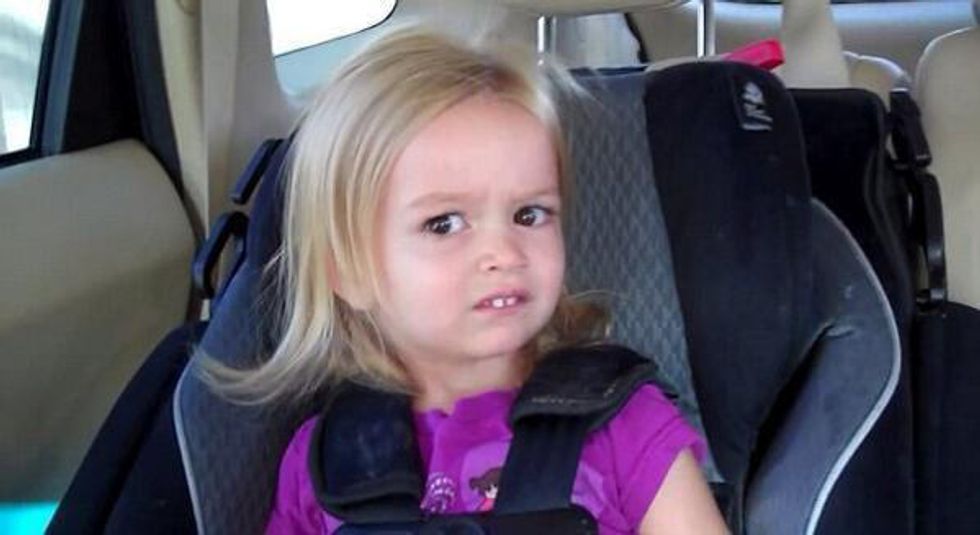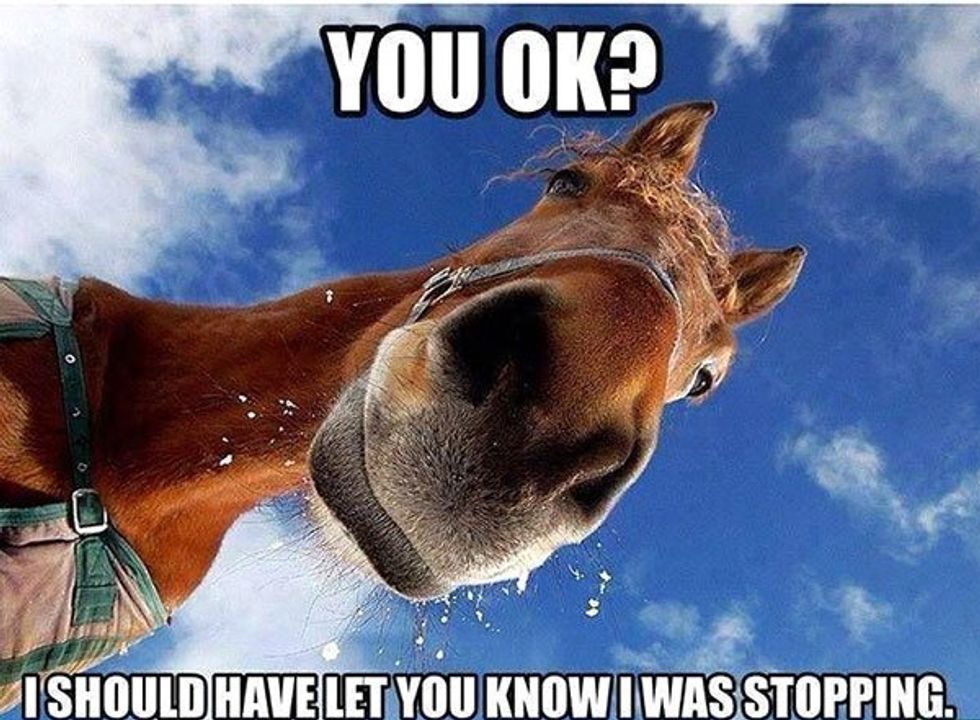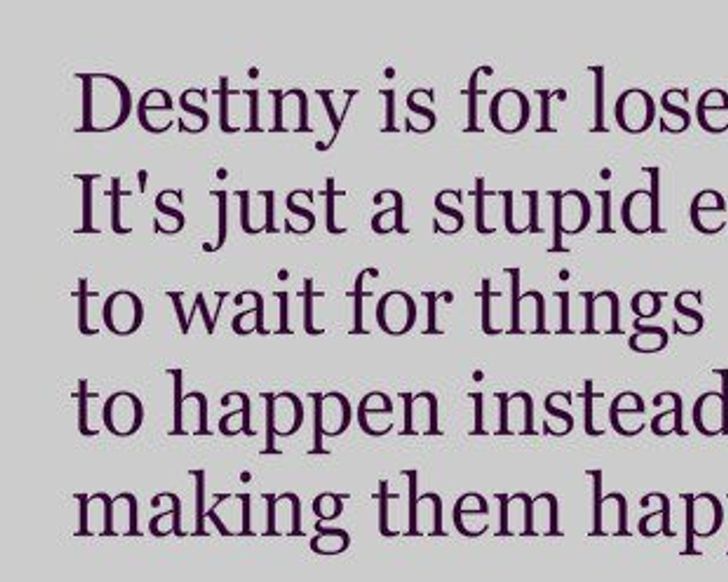Authors David M. Eagleman and Leif H. Finkel in their respective articles, "Incognito, The Secret Lives of the Brain" and, "The Construction of Perception" expand upon the relationship between, sight, vision, and the brain. Lending insight to the way in which vision is internally perceived. The reality of vision and sight as a human construct is incredibly interesting and expands upon the universal reality that everyone perceives and comprehends the outside world differently. These perceptual differences lend to creativity, and unique human thought and perspective. These articles offered unique insights for me, particularly surrounding the understanding of perception and awareness.
For the past year and a half or so, I have been struggling from Body Dysmorphic Disorder (BDD), and Exercise Bulimia. That is actually the first time I have ever written down those words, and I think I am finally able to do it because I am at a place where I am recovering and helping my body rather than hurting it. I'm less afraid to accept what I had, and oddly enough writing, thinking, and talking about my personal experience with these disorders has been very helpful in my recovery and healing process. The more open to learning and talking about them, the more I realize learning about the body, its systems, and functions helps me piece together what went wrong in my brain. BDD presents itself when there is an abnormal impairment in the brain's visual cortex. The individual's personal perception is altered, and they see a reflection different from the reality.
A quote from the article, "Incognito, The Secret Lives of the Brain" highlights an interesting flaw of human perception, Eagleman writes, "So not only is our perception of the world a construction that does not accurately represent the outside, but we additionally have the false impression of a full, rich picture when in fact we see only what we need to know, and no more" (Eagleman). In understanding the innate functions of the brain, I personally found an explanation for a constant question that looped in my head for years, "why can't I see what I should be seeing". This question began to loop with the onset of my eating disorder. First in reference to compulsion and obsession with food, and eating healthy. Then in reference to the inability to miss a gym day, and finally with the confusing internal battle fought when trying to recover.
I saw a huge person in the mirror. My brain got stuck and addicted to finding the flaws in my appearance. Due to my quick and rapid weight loss, and the obsession I had with flaws, I was unable to see all the weight I was losing. My brain still only remembered what my body was in the past, so I felt ok with my destructive behavior. It wasn't till I saw a full body video of myself, a new and altered perspective, that I realized how small I had gotten. I needed to see a different image, and a new perspective of my build for my brain to perceive my body the right way. To truly see myself I needed to look away from the mirror.
- Mental Health Conditions | NAMI: National Alliance on Mental Illness ›
- National Institute of Mental Health ›
- Home | MentalHealth.gov ›
- Mental health: Definition, common disorders, and early signs ›
- Mental Health, Depression, Anxiety, Wellness, Family ... ›
- Internet Mental Health ›
- Mental Health Support - Mental Health Recovery and Advocacy ›
- Sight & Sound Theatres | Bible Stories Live on Stage ›
- SIGHT | meaning in the Cambridge English Dictionary ›
- Sight Unseen OFFSITE – May 17-20, 2018 ›
- Sight | Definition of Sight by Merriam-Webster ›
- Sight Unseen - ›
- Body dysmorphic disorder (BDD) - NHS ›
- and appearance awareness-based explanations for body (dis) ›
- Body dysmorphic disorder - Wikipedia ›
- Body dysmorphic disorder - Symptoms and causes - Mayo Clinic ›
- Body Dysmorphic Disorder (BDD) | Anxiety and Depression ... ›

















 teenhorseforum
teenhorseforum














